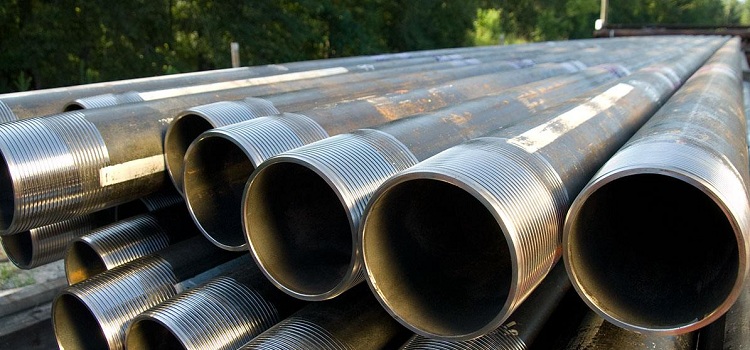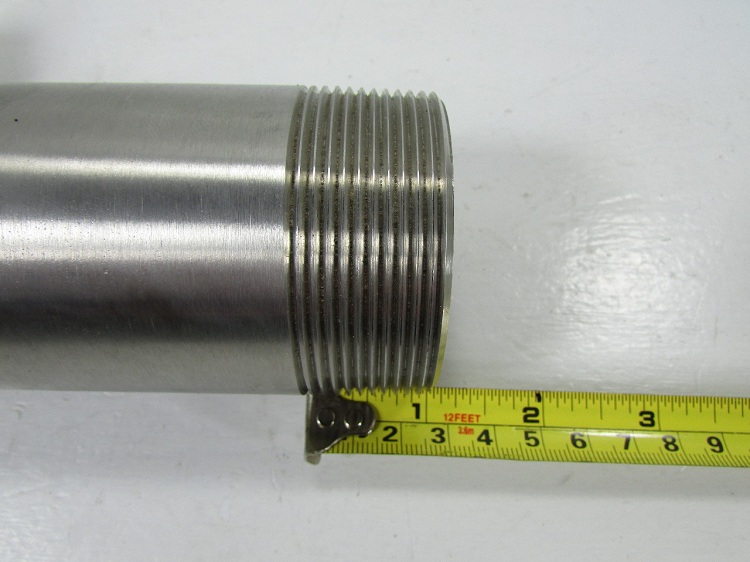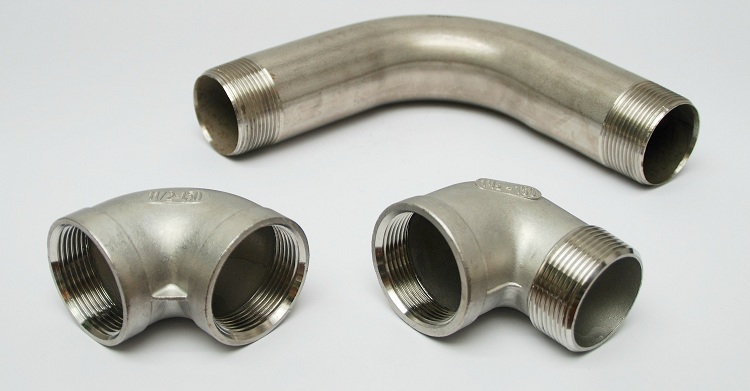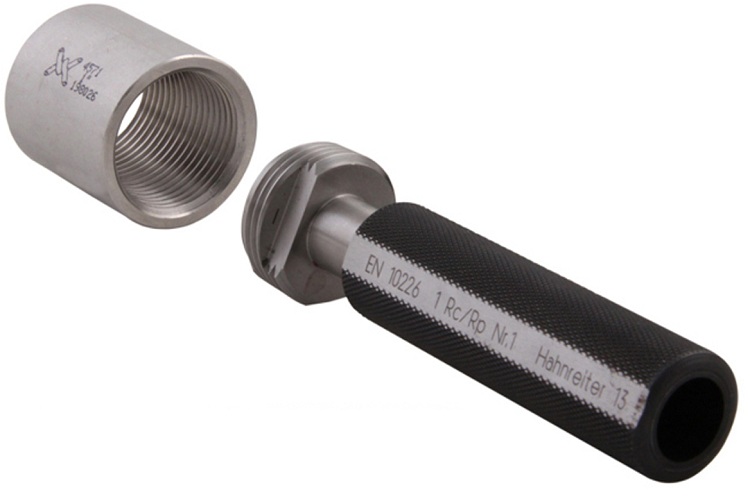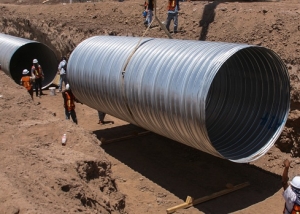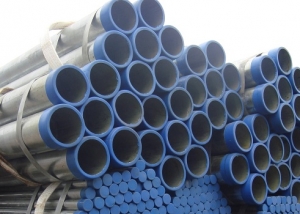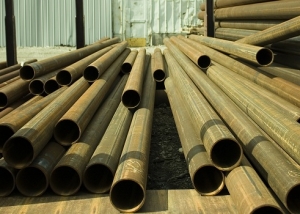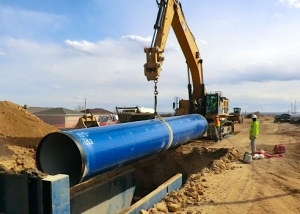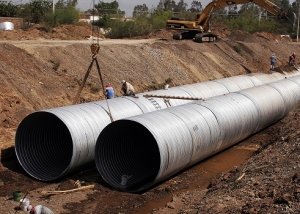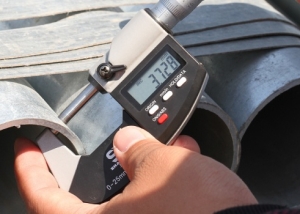One of the simple, but fairly reliable methods for connecting water and gas pipes is a threaded connection. The pipe thread required in this case is obtained by creating a spiral recess (channel). Cutting turns is possible both on the outer and inner surfaces of the product. Knurling must comply with all standards presented, otherwise the quality of the connection cannot be guaranteed.
Content
What can be a pipe thread?
Regulatory documents allow the use of the following varieties:
- Cylindrical. To obtain it, a spiral cut with a profile formed by an isosceles triangle, with an angle at the apex equal to 55 degrees, is required.
- Conical. Spiral cutting is carried out, identical to the previous one, but with a taper in the beveled section of the pipe, equal to 1 to 16.
- Inch. The angle at the apex of an isosceles triangle in this case will be equal to 55 degrees. In the United States of America, as well as in Canada, inch cylindrical threaded profiles are used, the angle at the apex of which is 60 degrees. Their international name is NPSM, they are produced in a range of sizes from 1/16 inch to 24 inches.
The popularity of the latter option, an inch pipe thread, has recently come to naught. In new pipelines, cylindrical or conical cutting is much more often used.
The cylindrical type has its own designation - the letter "G", the presence of a conical pipe thread is indicated by the marking with the letter "R" or "K" (for conical inch cuts). Parameters of metric cylindrical rolling are covered in GOST under the number 8724-81. For metric conical cutting there is GOST-25229-82, if the thread is conic inch, then GOST 6357-81 is used.
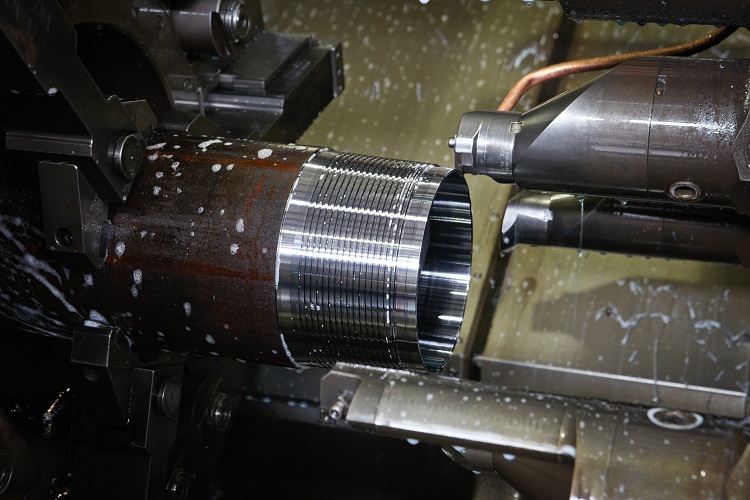
Tapered thread gives a more durable connection, so pipes with such a thread are used in industry and conditions requiring increased reliability
Tapered threads are used less frequently for domestic purposes, mainly this type of thread has become widespread in the assembly of hydraulic units, the construction of oil pipelines and fuel lines for automobiles and aircraft. The conical type of cutting is characterized by a more durable joint, close to a monolith. Conical knurls designed to work under high pressure are manufactured according to the American NPT standard.
The main parameters of threaded connections, in addition to the varieties presented above, are such factors:
- Direction, location.
- The unit of measurement for the profile is inch or metric (in mm).
- Step - the repeating distance between the turns.
- The inner diameter of the cut.
There is also such a thing as non-standard threads. They are, for example, rectangular or square. The manufacture of this type of thread is possible only with the condition that the customer provides detailed drawings indicating all the individual parameters of the thread.
What is the difference between metric and pipe threads?
The main difference between the two types of cutting is the shape of the threaded ridge and troughs.The metric profile is based on an equilateral triangle, so all the angular dimensions of this type of cut are equal and are 60 degrees, while the angular dimensions of an inch pipe are 55 degrees. All metric thread parameters are snapped to millimeters, while pipe thread sizes are measured in inches. Another caveat - the size of the pipe thread takes into account the thickness of the walls of the product, which are different depending on the working pressure for which these or those pipes are designed.
On products with a metric type of cutting must be marked with the letter "M". The dimensions of the metric profile range from 1 mm to 600 mm. The threaded metric pitch can be from 0.075 mm to 3.5 mm. Products with the smallest metric thread pitch are used for delicate work (measuring tool), with a medium pitch - for creating parts and assemblies operating in conditions of constant vibration. The largest metric threads are involved in the construction of heavy supporting structures.
It is interesting! For inch-rolled pipes, the pitch is calculated as the ratio of the number of turns per inch of the length of the rolled thread.
Inch threads, however, are more common in industry and household than metric. Pipe threads are almost universally measured in inches - a unit that is more universal for the gas pipeline industry.
Since different types of knurling have different angles at the vertices, it is impossible to combine two types of thread, even having identical sizes. For the transition from metric to pipe threads, special shaped elements - adapters are needed.
Features of round thread
This type of cutting can be found on sanitary fittings (regulated by state standard number 13536-68) and on lighting fixtures, as well as on socles and cartridges for them. This variety makes it possible to obtain compounds periodically subject to analysis. A profile for round threaded connections is obtained by pairing two arcs with the same radius. The threaded pitch is always measured in millimeters, and the letters “Kr” are used as the designation.
The design features of round knurling provide it with a long service life and significant resistance to loads. The profile is not erased even with frequent use. Also, such a thread can be quite successfully used in systems operating in a polluted environment. A round type of threaded connection is used, for example, when coupling railway cars.
Determining the size and type of thread
The parameters of the existing slicing can be determined in the following ways:
1. The use of calibers. Special gauges allow you to find out the pitch and diameter of both the outer and inner knurling. To measure the internal thread, a cylindrical gauge with an external thread applied, screwed into the pipe, is required. A correctly selected gauge will be screwed into the pipe easily; if even one revolution does not match, the caliber cannot be placed inside the pipe.
The size of the external threaded pitch is determined in a similar way: for this, a gauge with a thread on the inside is taken and screwed onto the pipe.
The disadvantage of this method is obvious: it may take a lot of time to select the desired caliber, the number of which in the complete set reaches 120.
Helpful advice! As a gauge, a fitting or coupling can be used, the cutting parameters of which are known.
2. Using flat templates (thread gauges).A simpler and faster way to determine the size, however, does not always provide an accurate result, therefore, it is almost not used in professional conditions. A plate with a coated tapping profile is applied to the pipe thread (outside or inside the product). There should be no gaps between the threaded ridges and the correctly selected template.
Also, when measuring the threaded pitch, calipers and micrometers are used, but they are suitable only for internal cutting. Gauges and thread gauges are more versatile devices.
What tools are used for rolling threads?
The process of rolling cutting on pipes can be carried out using a number of methods:
- Factory knurling method. The threaded pipe goes on sale in finished form.
- Mechanical cutting. This method requires special equipment; many workshops use lathes for these purposes. A pipe is clamped in the machine chuck, a cutter for rolling the thread is placed in the caliper. The chamfer is removed inside and outside the pipe. Grooves are cut when moving the caliper, the speed of which must be adjusted for more accurate knurling. In general, this method provides the most thin slicing.
- Manual knurling method. In some cases, when the pipe cannot be placed in the machine (for example, if threading is necessary on an already installed pipeline), hand tools are used. For manual cutting you will need a tap or a special die.
The tap is used when rolling the internal thread. The tap shank is inserted into the holder, then the tool is slowly screwed into the pipe cavity. This method requires sufficient physical effort.
To carry out cutting with a die, it is necessary to fix the tool in the clamp with one, or better, two handles. The die is screwed onto the pipe in a clockwise direction. When working with pipes with a diameter of more than ½ ”two tools are used at once: a finishing and a rough die.
The listed types of pipe cutting do not require a high level of skill, processing pipes with a die or a tap is a fairly ordinary procedure carried out by all plumbers when working with metal pipes. These methods are relevant when processing both water, gas and heating pipes.
